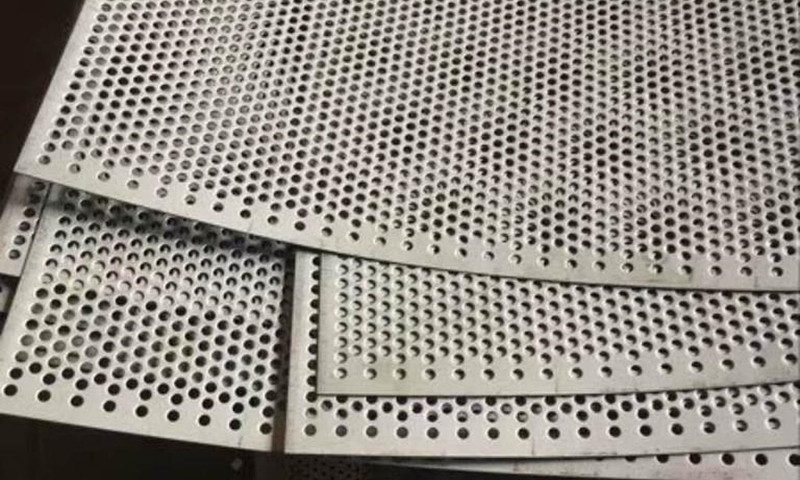Perforated Steel Plate Thickness Selection and Application Guide
Source:www.cn-psp.cnAuthor:河北森驰公司 Last updated:2025-06-08 12:02:45 Browse:
Perforated steel plates are widely used in various industries due to their unique combination of permeability and aesthetic appeal. They are commonly found in architectural decoration, machinery manufacturing, environmental filtration, and furniture design. When it comes to practical use, selecting the right thickness for perforated steel plates is crucial as it directly affects the product's durability, load capacity, and appearance.
1. Thickness Range of Perforated Steel Plates
Typically, the thickness of perforated steel plates can be customized according to customer requirements, generally ranging from 0.1mm to 30mm. This range covers everything from ultra-thin decorative sheets to heavy structural plates, meeting diverse application needs.
Thin Perforated Steel Plates (0.1mm - 2mm)
Ideal for lightweight decoration and air filtration where breathability is important. The thinner thickness allows for intricate patterns and designs.
Medium Thickness Plates (2mm - 10mm)
The most commonly used range, balancing strength and flexibility. Often used in building facades, stair treads, safety gratings, and protective screens.
Thick Perforated Steel Plates (10mm - 30mm)
Used in heavy-duty projects such as machine guards, bridge railings, and large industrial equipment protection.
2. Relationship Between Thickness and Hole Diameter
A critical principle in selecting perforated steel plate thickness is that the hole diameter should not be smaller than the thickness of the plate. In other words, as the plate thickness increases, the hole size should also increase accordingly. This ensures smooth punching without damaging the plate and maintains the structural integrity.
For example, if the plate thickness is 3mm, the hole diameter should be at least 3mm. This guarantees both the stability of the plate and the feasibility of the punching process.

Perforated steel plate
3. Impact of Thickness on Performance
Strength and Load Capacity
Thicker plates offer better load-bearing and impact resistance, suitable for industrial equipment and structural uses.
Aesthetic and Decorative Effects
Thinner plates are lighter and better suited for detailed decorative elements and flexible design options.
Processing Difficulty
The thicker the plate, the more difficult and costly it is to process. Proper thickness selection can reduce manufacturing costs and improve production efficiency.
4. Common Materials and Thickness Recommendations
Perforated steel plates are commonly made from carbon steel, stainless steel, and aluminum alloy. Each material has its recommended thickness range:
Carbon Steel Plates
Typically 0.5mm to 20mm thick, suitable for most industrial applications.
Stainless Steel Plates
Known for corrosion resistance, generally 0.8mm to 10mm thick, widely used in food, medical, and chemical industries.
Aluminum Alloy Plates
Lightweight and corrosion-resistant, usually 0.3mm to 5mm thick, ideal for lightweight structures and decorative uses.
5. Conclusion
Choosing the proper thickness for perforated steel plates requires balancing strength, functionality, manufacturing process, and cost. Customers should carefully consider their specific needs, hole size, and environment to determine the optimal thickness.
If you have questions about selecting perforated steel plate thickness, feel free to contact Hebei Senchi Company. We provide professional customization and technical support tailored to your requirements.
